Researchers Have Identified the World’s Oldest Animal – And It’s Not What We Expected

For decades, there’s been a debate over which animal first roamed the Earth and led to the evolution of every living species around today. While many initially believed the simple sponge to have been this creature, a study published to the journal Nature on May 17, 2023 reveals a different animal came first.
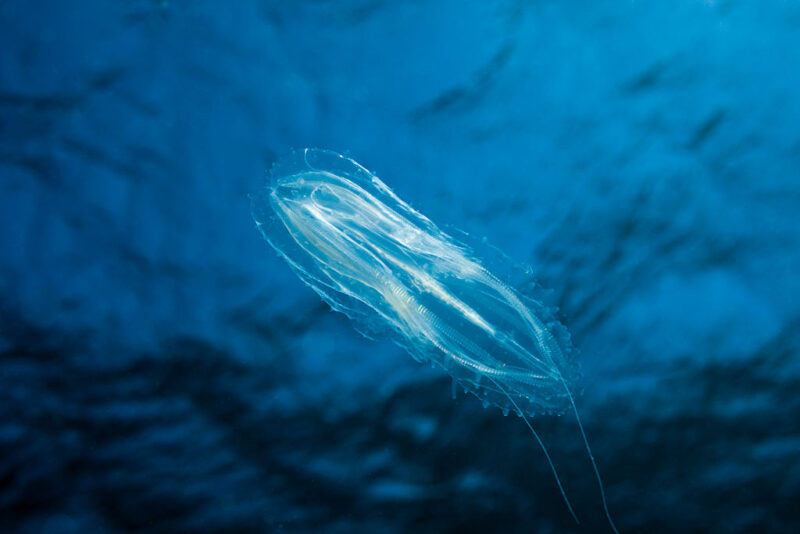
The debate has always centered around sponges, creature that spend the majority of their lives underwater in a single spot, and ctenophores. While many accepted the former as being the world’s oldest animal, given its primitive features and a lack of both muscles and a nervous system, a group of evolutionary biologists have determined this isn’t the case.
In a statement released by the University of California, Berkley, Daniel Rokshar, the study’s co-author and a professor at the school, said, “The most recent common ancestor of all animals probably lived 600 or 700 million years ago. It’s hard to know what they were like because they were soft-bodied animals and didn’t leave a direct fossil record. But we can use comparisons across living animals to learn about our common ancestors.”
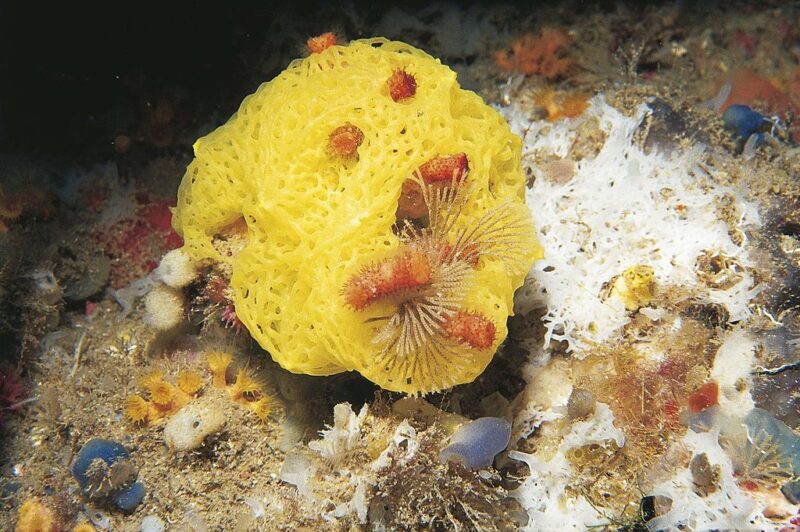
The study, titled Chromosomal comparisons reveal comb jellies as the sister group to all other animals, explains how “analyses of chromosome organization across diverse animals and non-animals provide evidence that a group of marine creatures called ctenophores, or comb jellies, are the sister clade of all other animals, bringing to bear new methods to answer a long-standing evolutionary question.”
By comparing various invertebrates’ chromosomes, it was found the ctenophore’s looked different, indicating the animals either came much later or earlier than those they were measured against. The answer arose when the team compared the chromosomes to single-celled non-animals: a parasite known as an ichthyosporean, a choanoflagellate and a filasterean amoeba.
“At first, we couldn’t tell if ctenophore chromosomes were different from those of other animals simply because they’d just changed a lot over hundreds of millions of years,” Rokhsar explained. “Alternatively, they could be different because they branched off first, before all other animal lineages appeared. We needed to figure it out.”
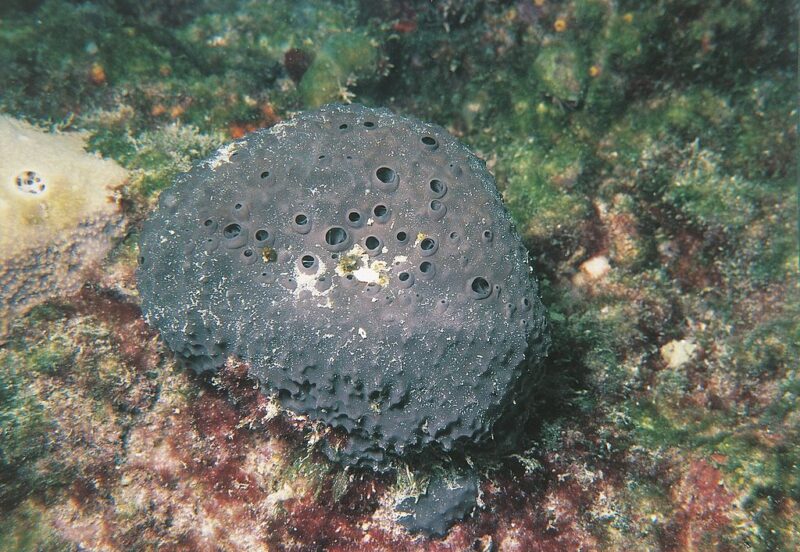
Once the researchers compared the ctenophore chromosomes to those of non-animals, they found five shared gene-chromosome combinations, whereas “the chromosomes of sponges and other animals were rearranged in a distinctly different manner.”
“That was the smoking gun – we found a handful of rearrangements shared by sponges and non-ctenophore animals,” Rokhsar shared in the press release. “In contrast, ctenophores resembled the non-animals. The simplest explanation is that ctenophores branched off before the rearrangements occurred.”
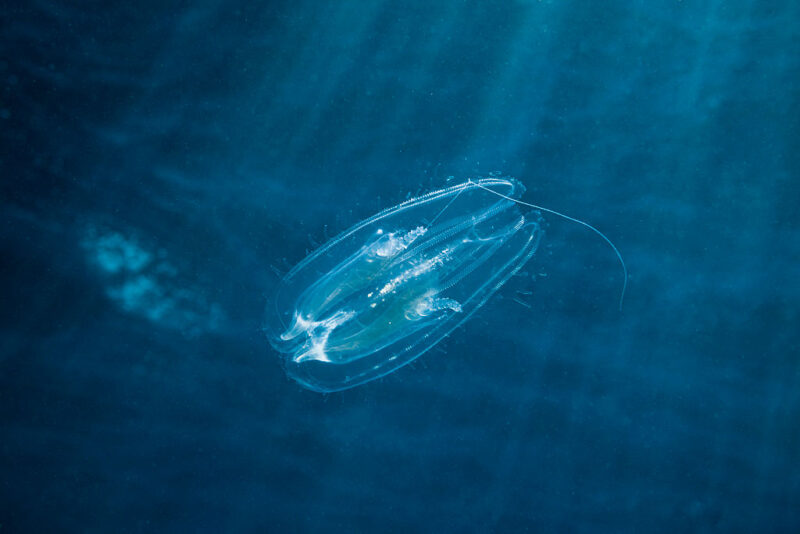
The comb jelly, a predator known to travel the ocean in search of food, may look like a jellyfish with its bell-shaped body, but the two creatures are not related. When searching for food, it uses eight rows of cilia to propel itself, as opposed to tentacles, which the Monterey Bay Aquarium describes as creating “a shimmering rainbow effect.”
While microscopic organisms use cilia to move through the water, comb jellies are said to be the largest creatures to do so.
Comb jellies prey on other ctenophores, and range in size from one millimeter to five feet. Their physical shape and size varies, depending on where they’re located. For example, coastal ctenophores need to be tough enough to withstand ocean waves, while others are so sensitive that just capturing them for study could lead to their death.
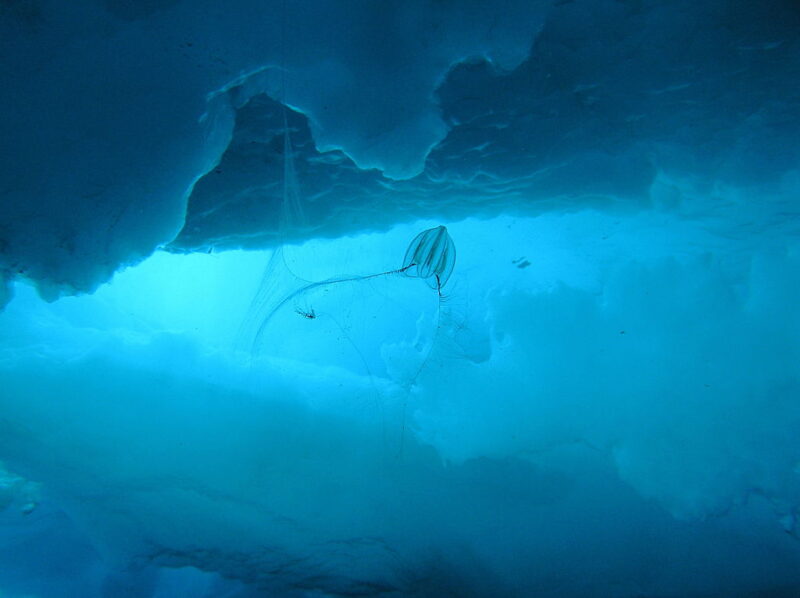
More from us: Yellowstone Forced to Euthanize Bison Calf After Visitor Touches Animal
According to the press release, “Understanding the relationships among animal lineages will help scientists understand how key features of animal biology, such as the nervous system, muscles and digestive tract, evolved over time.”
